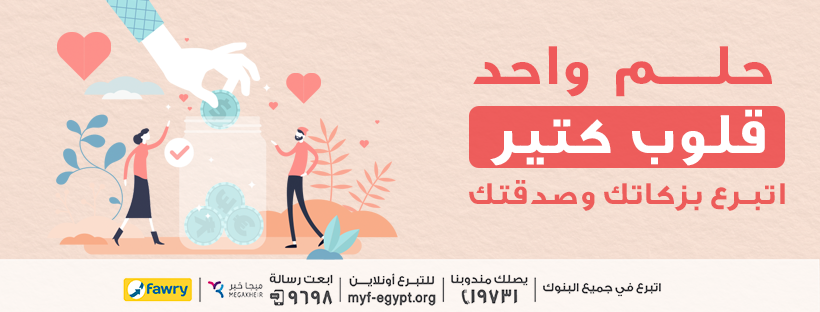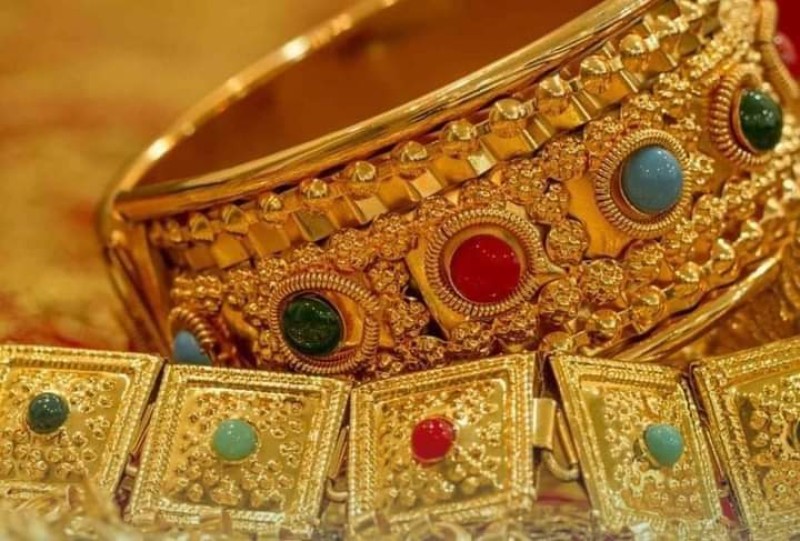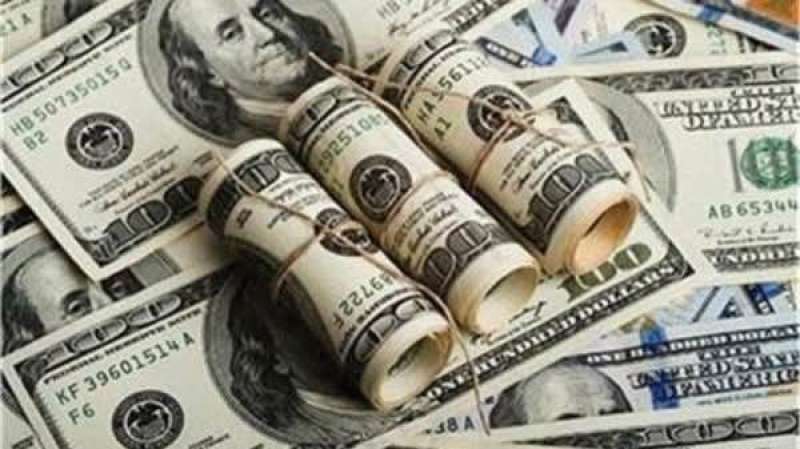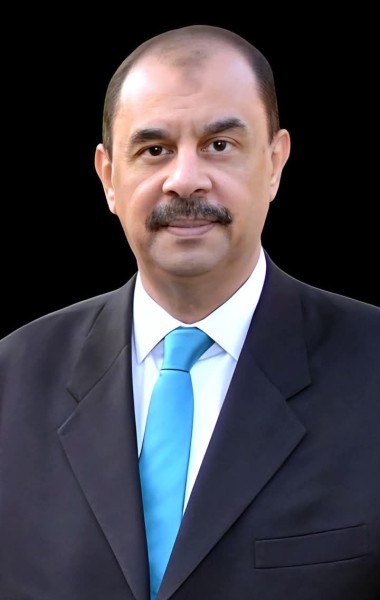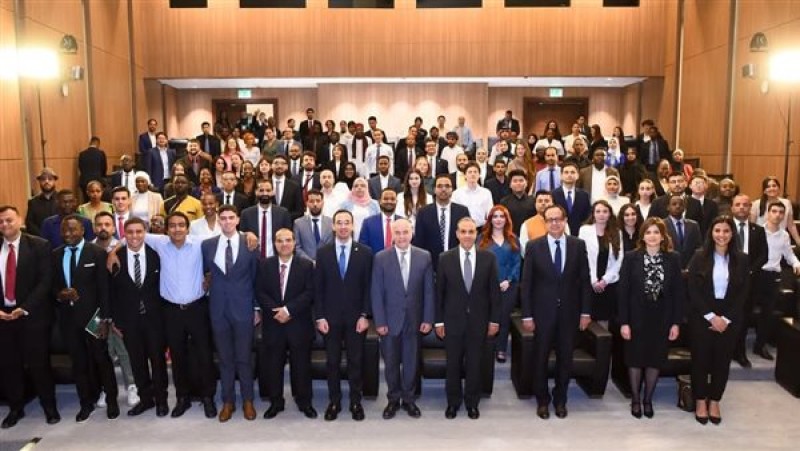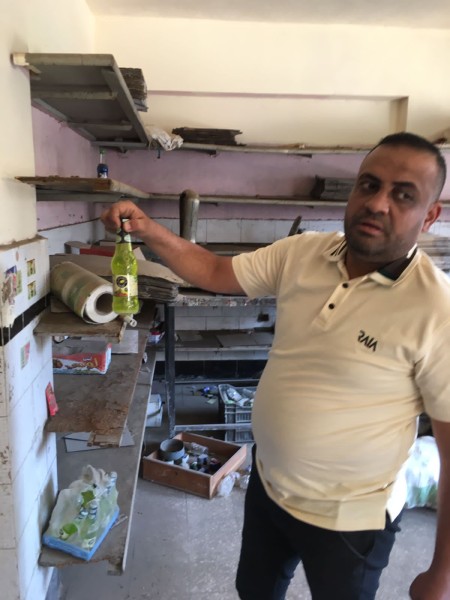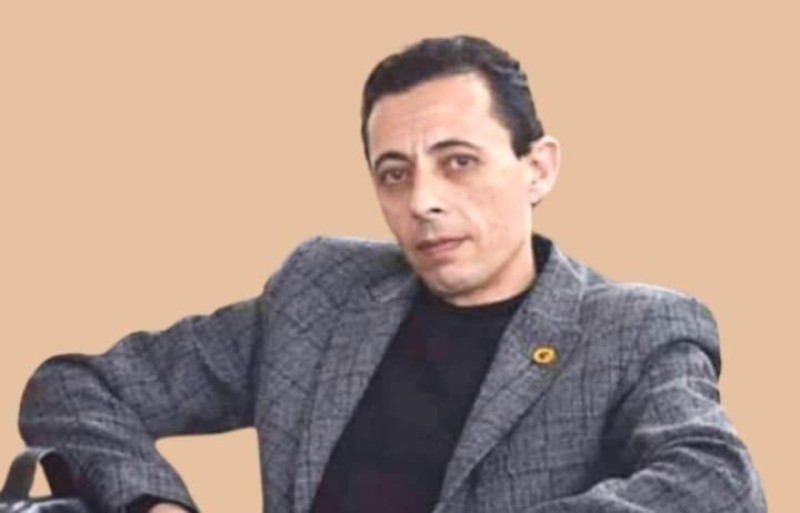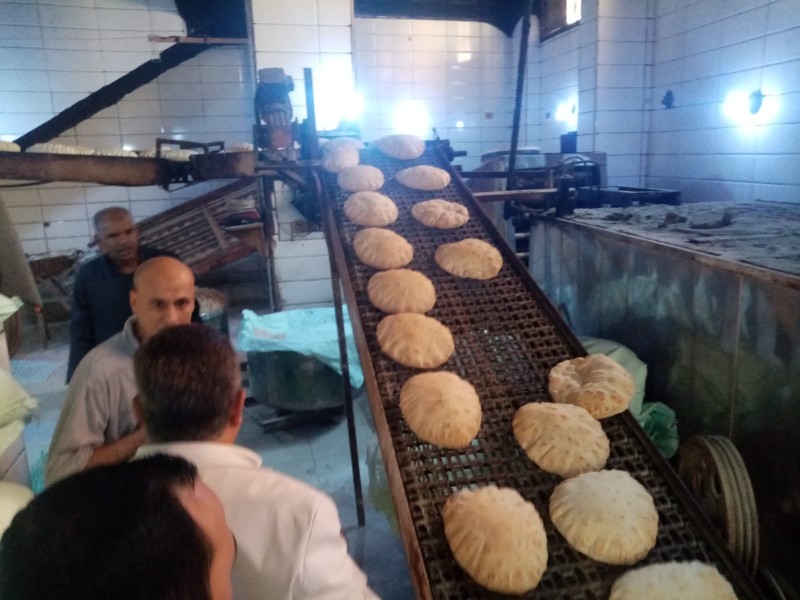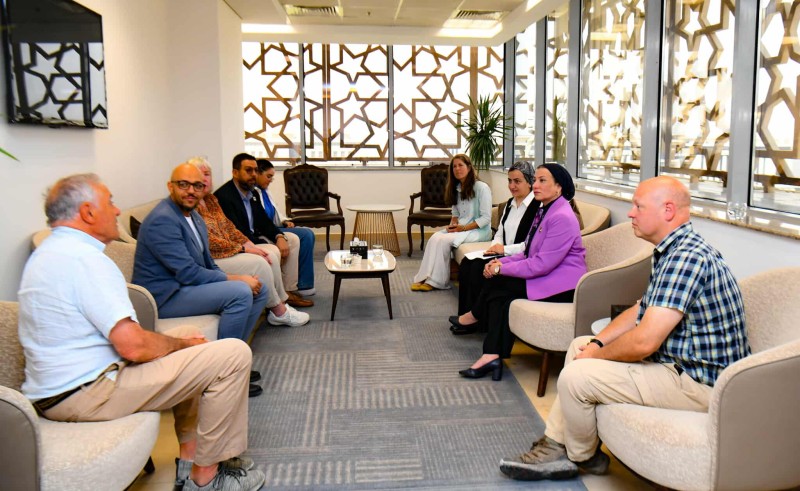The Baron palace is Hindu outside and European inside
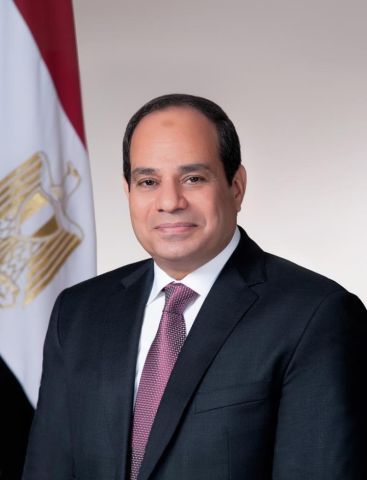
Dear reader, you are now on the date of a visit to one of the most splendid palaces in Egypt, which is the Baron Palace, which became famous recently after its restoration, which began in 2017 AD and was inaugurated in 2020 AD, the Baron Palace was built by the Belgian millionaire 'Baron', who named the palace after his name After establishing a new housing project in the Cairo desert, which was called "Heliopolis"
The design of the Baron Palace is distinctive because it was designed in the Hindu style, and the palace was built in 1906 AD and opened in 1911 AD, and with the passage of time the palace was neglected until it was bought by the Egyptian government in 2005 AD, due to the archaeological and architectural value contained in the palace, and the Ministry of Antiquities began Al-Masria was in the restoration of the palace in 2017 and reopened in 2020
the design
The area of the palace is 12.5 thousand meters, and the palace was designed from the outside in the style of ancient Hindu temples. As for its interior design, it is inspired by the arts of the European Renaissance in a way that makes the sun never set in its rooms and roads. The interior of the palace is rather small; it consists of seven Rooms spread over two floors. The first floor includes a large hall and three rooms, one of which is for the hospitality and the second for the table, while the third is devoted to playing billiards, and through the marble staircase decorated with handrails locally made with small Indian statues, it goes up to the second floor, which consists of a large hall and four large bedrooms with parquet floors and each has its own bathroom which It is covered with mosaic tiles of blue, orange and red colors in harmonious color combinations, and each room has a private balcony placed on statues of Indian elephants, and its floor is covered with colorful mosaics and has twisted benches surrounded by statues on each side.
As for the roof of the palace, it is more like a park and was used in some parties held by the baron.
The basement (basement) is designated for kitchens, parking areas, servants' rooms and marble sinks, and it is connected to the table hall by an elevator made of walnut wood. On the left side of the palace is a large tower that was rotating on a movable base a full turn every hour to allow those sitting in it to see what is around him in all directions, and it consists of four floors linked by a spiral staircase whose wooden sides feature marble and on its railings are inscriptions made of bronze plaques decorated with finely carved Indian statues. Around the palace is a courtyard garden with flowers and plants, and below it a tunnel that connects it to "the basilica."
“Beshtak” is the royal palace, which was turned into the house of Arab singing





